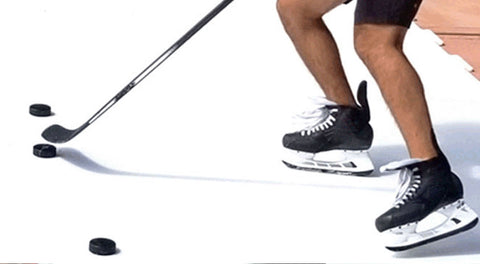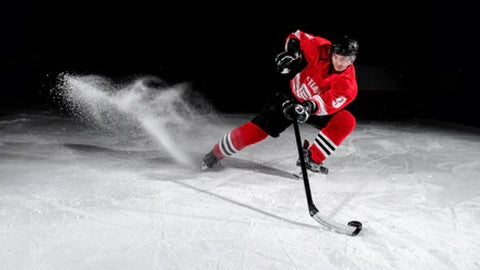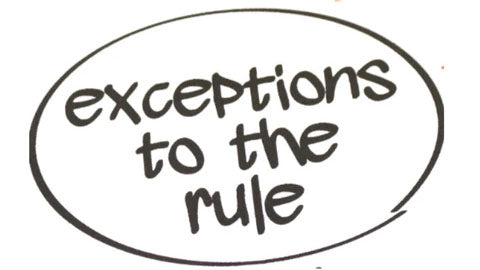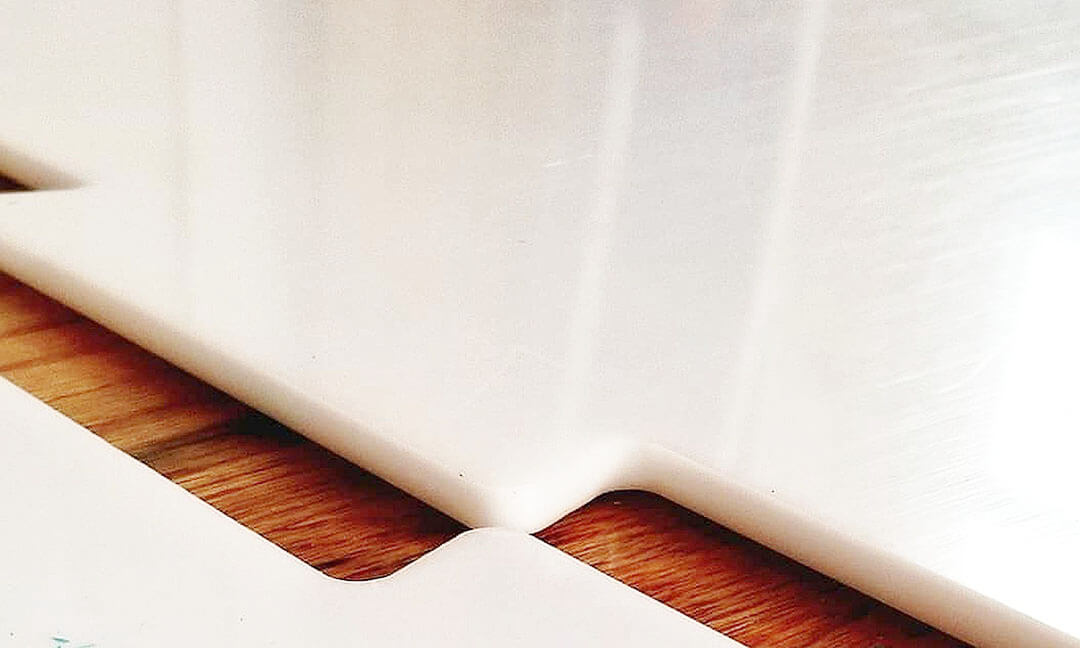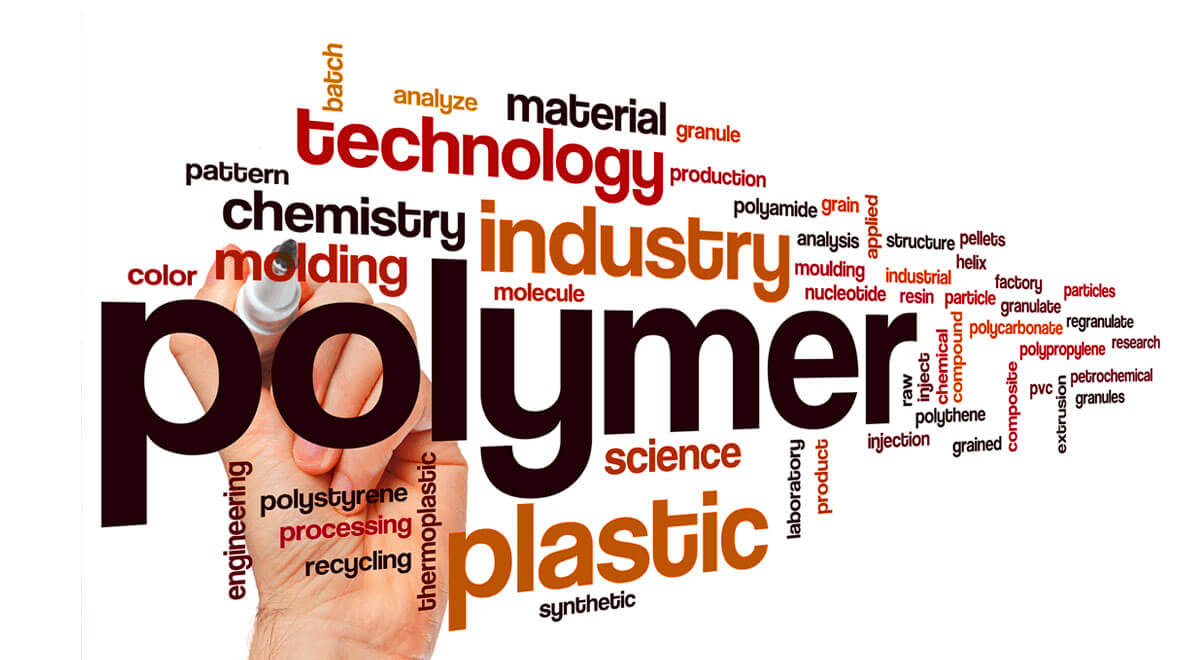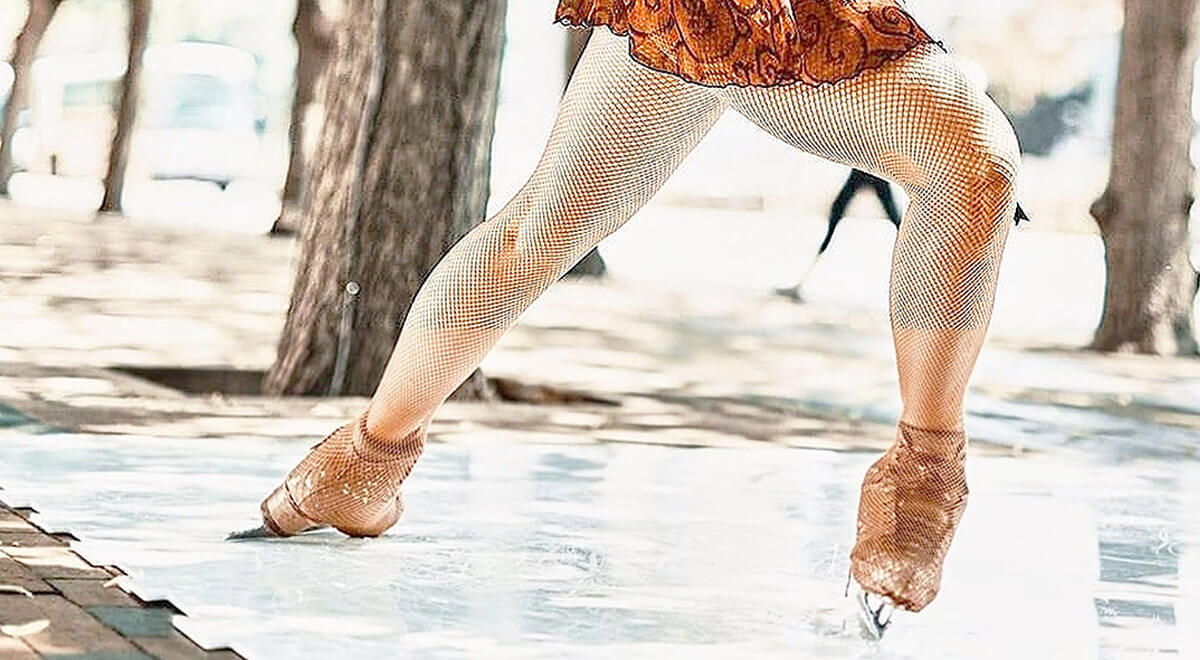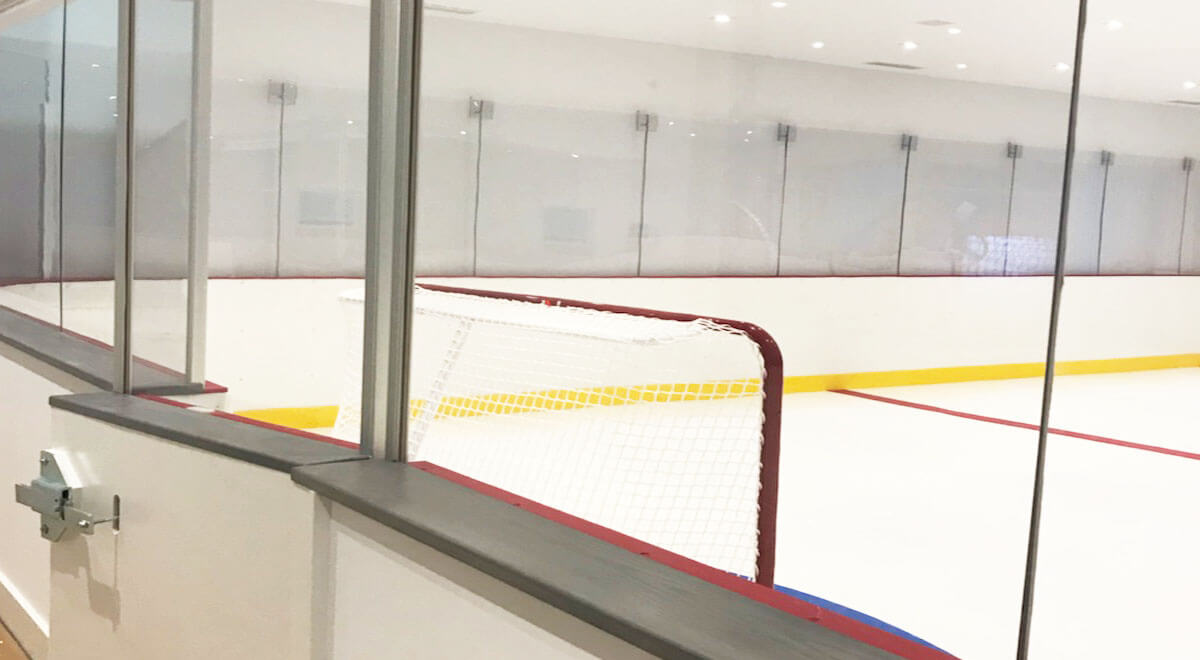10 Best Kids Ice Skates For Newbies
Aubrin Sage is a 5-year-old social media superstar known for her wholesome quips while skiing and snowboarding in her dinosaur costume with her dad, Robert Garlow.
The family's genuine love for the slopes has encouraged other families to get their kids to pick up ice sports.
Unfortunately, not everyone has access to powdery winter mountains.
But they can get to a local ice rink.
IMPROVE YOUR ICE SKATING SKILLS AT HOME WITH POLYGLIDE ICE
Ice skating is a fun, engaging, and challenging sport for newbies. It's a great entry-level sport.
Kids as young as four can pick up skating and keep growing with it well into their teens.
The main tool your child will need is a pair of reliable ice skates.
There are many on the market at varying price points.
So which should you choose?
this wide variety of figure skates:
Our Top Picks
Best Beginner Kids Skates
Lake Placid Nitro Adjustable
Best Overall Kids Skates
American Athletic Tricot Lined Figure Skates
Here are 10 of the best kids' ice skates for newbies:
1. Lake Placid Nitro Adjustable Figure Skate
Lake Placid skates have been around for decades as a reliable, beginner-friendly ice skate brand.
These are akin to the pair you'd find to rent at a local ice rink, so it won't hurt to pick up a pair for your kids to call their own.
The boot is made of a sturdy plastic shell to protect the ankle and foot from falls.
There are no laces but two sturdy cam lever buckles to secure the boot. These buckles are also adjustable, allowing your young one to grow into the skate.
A carbon steel, nickel-plated blade can last for years with consistent sharpening.
These are great for fun, casual ice skating but may need to be replaced if your kid wants to take their skating to the next level.
2. American Athletic Tricot Lined Figure Skates
When it comes to the best kids ice skates, it's all about American Athletic.
American Athletic is renowned for its professional-level skates, and its beginner ice skates do not disappoint.
This skate has a professional design and fit, helping kids to get accustomed to performance and comfort.
The PVC upper boot is all about durability and longevity.
American Athletic also focuses on comfort, with a large, padded split tongue and full quarter padding.
A hollow-ground nickel-plated steel blade completes the package, allowing you to sharpen it for precision and control.
As these are entry-level skates, upgrading may be necessary as your kid improves for enhanced ankle support.
3. Lake Placid Cascade Girl's Figure Ice Skates
Another Lake Placid option on the list, this skate follows the style of the traditional figure skate instead of harder rental boots.
The Cascade figure skates have a synthetic PVC outer material for extended durability. The firm upper material also helps with ankle support.
Comfortable woven materials line the inside of the boot for maximum warmth.
The Lake Placid Cascade comes with a stainless-steel blade complete with a toe pick, so your kiddo can attempt beginner spins, stops, and turns.
Few skaters can beat this option for a great skating experience at a competitive price.
4. Bauer Colorado Glides
Bauer is known for its hockey skates, but it carries a range of recreational and figure skating boots, like the Colorado Glides.
When you look at these, you think of rugged and sturdy winter boots. You're right. The materials combine synthetics, hard leather shells, and thick inner lining for fantastic support and comfort.
The Colorado Glides have additional padding for warmth and insulation for outdoor and indoor use.
The pre-sharpened hockey-style blade gives your boot the speed, support, and endurance worthy of a beginner.
You can get this in youth and adult sizes so you can join your kids on the ice!
5. Jackson Ultima Figure SoftSkate
While more expensive than the others we've mentioned, The Jackson Ultima delivers.
Jackson is the preferred brand for some of the world's best skaters.
The SoftSkate is a beginner to intermediate option that ticks all the boxes.
Separated into multiple parts, the boot consists of a reinforced vinyl upper to help navigate jumps and turns while supporting the entire foot.
The tongue and boot have a fluffy but durable inner lining for amazing comfort and warmth.
You also get the standard Jackson Mark 1 Blade with a toe pick for speed and support as you glide on the ice.
It's a great upgrade from rental skates that can last for years.
6. Riedell Soar Recreational Skates
Like Bauer, Riedell is another sports brand that focuses on ice sports like hockey.
However, their Soar Recreational Skates are great for kids starting their ice-skating journey.
Riedell skates are engineered with a perfect blend of comfort and performance.
The 3M Thinsulate insulation and plush foam-padded velvet linings ensure warmth and coziness, so you can skate indoors and outdoors.
The Velcro strap at the top of the boot provides additional support, especially for beginners.
Riedell has a no-maintenance PVC sole, making them not only durable but also easy to care for.
These are great skates for weekly visits to the rink or for those who are taking beginner classes.
7. Botas Kids Skates
Botas is another trusted figure skating brand for beginners and advanced skaters alike.
The leather, waterproof boot has that sleek look that's appealing to figure skaters at a fraction of the price of professional skates.
The David and Diana versions both boast a thick inner lining and durable textiles on the tongue for support and comfort.
The leather boots are attached to PVC soles and Sabrina blades, which can cut through the ice with ease.
With consistent care and sharpening of the blade, Botas skates can last for years.
8. K2 Rink Raven Boa Ice Skates
With over 30 years of excellence, K2 is known for its recreational and freestyle skates.
K2 also has a wide range of beginner skates, with the Raven Boa great for kids who want to get their feet wet in the sport.
This boot combines the durability of a hard shell outer with the comfort of a soft boot inner piece.
The Raven Boa has adjustable straps, allowing you to buy them slightly bigger and adjust them accordingly.
The stainless steel blade is great for beginners or those who want to delve into freestyle skating.
The light boot focuses on speed, performance, and safety, converging to create a truly exceptional skating companion.
9. OBENSKY Adjustable Ice Skates for Kids
If your kids want a cool-looking pair of skates (while you're concerned about comfort and safety), look no further than OBENSKY's adjustable skates.
OBENSKY combines bright colors with the jet-black design on its hard plastic cap and soft boot.
These skates have multiple adjustments for each size, allowing your kids to grow into each pair.
The breathable inner liner helps this boot to be breathable, comfortable, and durable.
Safety is a top priority. The skates feature adjustable safety lock buckles, a Power Strap, and laces, providing triple protection for your child while skating.
Enjoy hours of skating both indoors and outdoors with these fantastic adjustable skates.
10. Jackson Ultima Softec Figure Skate
Similar to the Figure Softskate, the Softec uses a thicker microfiber for more durability.
As part of the Softec series, the lightweight, plush padding provides great warmth while maintaining its speed.
The sleek design of the boot not only provides a stylish appearance but also offers exceptional ankle support for enhanced stability during maneuvers.
The factory-sharpened Mark 1 blades are guaranteed to elevate your child's skating experience.
With all the benefits of a professional skate, it's hard to beat the Jackson Ultima brand.
Conclusion
Ice skating is a wonderful sport for kids of all ages.
Investing in a pair of skates allows you to choose when and where you can skate while saving you money on rentals.
With the many brands and options available, finding the best kids ice skates for newbies is challenging.
Aim for a pair that's durable and comfortable with sharp blades to make skating easier.
This list is great for all surfaces, including synthetic ice.
These options are also affordable, with the most expensive at only $125.00. Some professional skates can be ten times this price!
And who knows? Ice sports may open doors for your child as it did for many of the other young skaters we see online.















